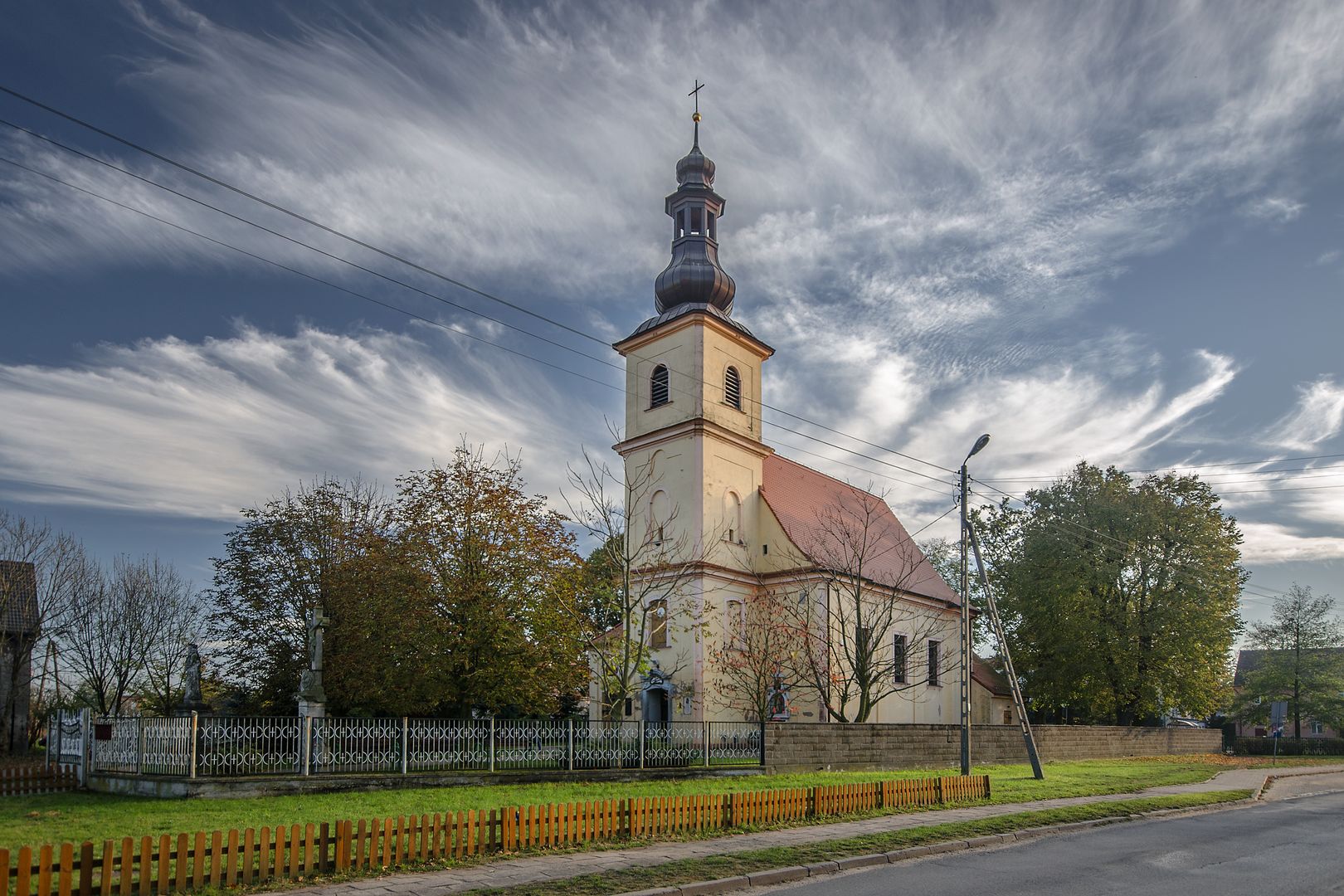Miloszyce
6.67

Overview
Miłoszyce is a village in the Lower Silesian Voivodeship, known for its rich history and monuments, including the Baroque parish church of St. Nicholas the Bishop from 1714–1716 and a disused cemetery from the first half of the 18th century surrounded by ancient trees. In this cemetery, one can find the von Sauer family tomb and a sandstone Madonna and Child from the late 14th century. The newer Catholic cemetery, established in 1830, is adorned with stone sculptural groups from the late 19th century. In addition to religious sites, Miłoszyce features a manor house from 1880, which also attracts architectural interest. The name of the village has its roots in 13th-century documents, and its evolution in the German language—where it was called Meleschwitz and later Fünfteichen—reflects the turbulent history of the region. Historically, the village was known as early as the 13th century, and in the 18th century, it came under the rule of the Kingdom of Prussia, becoming part of the Bishopric of Wrocław until 1810. During the interwar period, socio-cultural life flourished, but World War II brought tragic events, such as a forced labor camp for various nationalities, including Poles and Jews. After the war, Miłoszyce gained a new Polish identity. The modern village is developing, and the local community, including the football club LKS "Polonia" Miłoszyce, adds to the cultural dimension of the area. Polonia, founded in 1953, competes in the A-class league and has achieved promotions and successes. Miłoszyce stands as a place with a preserved tradition to this day, making it an interesting destination for tourists and history enthusiasts.
Location
2025 Wizytor | All Rights Reserved